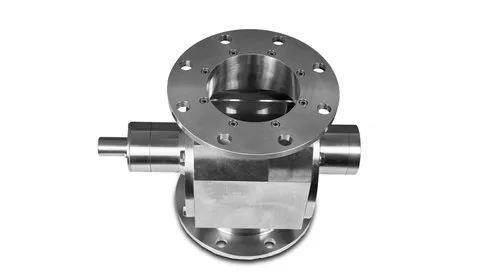
GIS (Geographic Information System) is an invaluable tool for event planning. It enables planners to visualize the layout of an event site and create better plans for the event. GIS can also be used to generate data-driven insights about the event and its attendees, providing planners with an in-depth understanding of their target audience. From understanding how to best spread out seating and selecting the best vendors for catering, to finding the ideal location for the event, GIS can be used to make event planning more efficient and cost-effective.
- Identifying the Ideal Venue:
GIS can be used to identify the ideal venue for an event. GIS can provide insights into the demographic and economic makeup of the area, providing planners with data-driven information about the best areas to host their event. Planners can also use GIS to analyze the surrounding areas to determine the best locations for vendors, parking, and other important features.
- Creating an Accurate Layout:
GIS can also be used to create an accurate layout of an event site. Planners can use GIS team to map out seating, vendors, and other features of the event. This ensures that the event runs smoothly and that there are no conflicts with seating or vendors. GIS can also be used to accurately measure distances between features to ensure that they are placed in the ideal location.
- Generating Insights about Attendees:
GIS can also be used to generate insights about the attendees of an event. Planners can use GIS to analyze the demographics of the attendees, providing them with information about the age, gender, and other important characteristics of their target audience. This helps planners to create a more tailored experience for their guests, ensuring that their event is a success.
- Choosing the Right Vendors:
GIS can help planners to choose the right vendors for their event. Planners can use GIS to analyze the local market, providing them with information about the vendors in the area and their pricing. This allows planners to find the best vendors for their budget, ensuring that their event is cost-effective.
- Determining Traffic Patterns:
GIS can also be used to determine traffic patterns for an event. Planners can use GIS to analyze the area and determine the best times and routes for attendees to get to the event. This helps them to plan out parking and other traffic-related features, ensuring that the event runs smoothly.
Conclusion:
It enables planners to visualize the layout of an event site and create better plans for the event. GIS can also be used to generate data-driven insights about the event and its attendees, providing planners with an in-depth understanding of their target audience.








